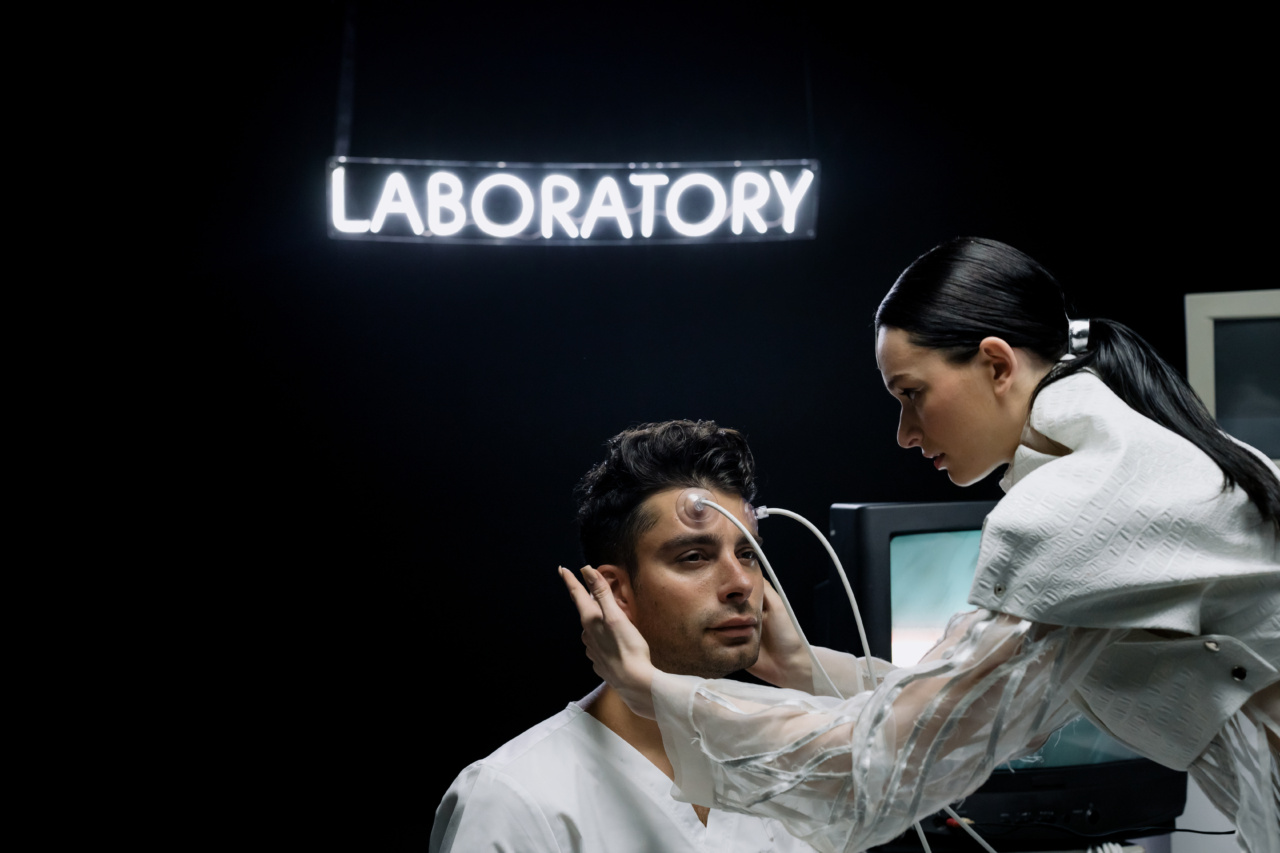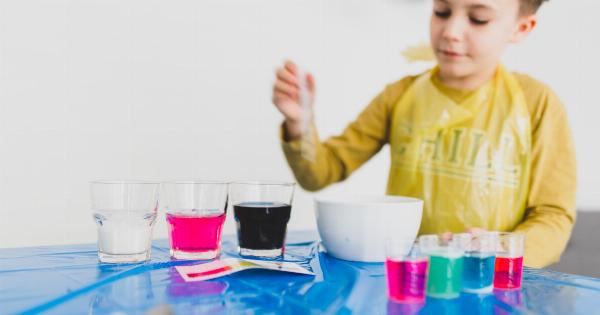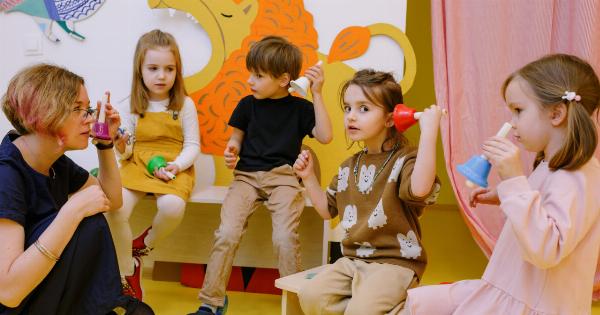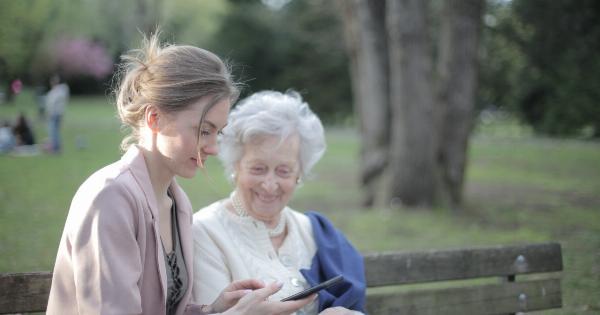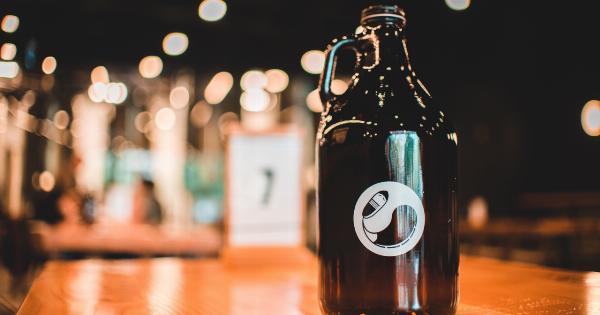Drinking alcohol is a contentious issue, especially when it comes to underage individuals. With varying laws and cultural norms around the world, the idea of juveniles consuming alcohol raises many questions.
Is it permissible for teenagers to indulge in drinking? What are the limits that should be set for different groups? This article delves into the topic of juvenile drinking, exploring the potential consequences and considering the boundaries that may need to be in place.
1. The legal perspective
Legislation regarding juvenile drinking differs significantly across countries and jurisdictions. In many places, the legal drinking age is set at 18 or 21, effectively prohibiting minors from consuming alcohol.
These laws are often in place to protect young people from the potential dangers associated with alcohol consumption, such as impaired judgment and increased risk-taking behaviors.
However, some countries have more lenient regulations that allow juveniles to drink in certain circumstances. For example, in France, it is legal for minors over the age of 16 to consume alcohol with a meal in a controlled environment.
Similarly, countries like Italy and Germany have a more relaxed approach, enabling minors to drink under parental supervision or in specific social situations.
2. Cultural considerations
Culture plays a significant role in shaping attitudes towards juvenile drinking. In some societies, alcohol is deeply intertwined with social customs and traditions.
For instance, in countries like Spain and Greece, teenagers are often introduced to alcohol within family settings, where responsible consumption is encouraged and supervised by adults.
In contrast, other cultures have stricter norms surrounding alcohol and believe in delaying any exposure until the legal drinking age.
These cultural differences highlight the complexity of the issue and the need to consider multiple viewpoints when discussing juvenile drinking.
3. Physical and psychological impacts
The human brain undergoes extensive development during adolescence, with critical changes occurring in regions associated with decision-making, impulse control, and risk assessment.
Alcohol consumption during this period can interfere with this development and lead to long-term cognitive impairments.
Research has consistently shown that early alcohol use is associated with an increased risk of developing substance abuse disorders later in life.
The younger an individual starts drinking, the more likely they are to develop alcohol-related problems, including addiction and alcohol-related diseases.
4. Educating and empowering juveniles
While it is important to discourage underage drinking, completely prohibiting it may not always be effective. Implementing comprehensive alcohol education programs can be more beneficial in the long run.
Educating juveniles about the potential risks, safe consumption practices, and responsible decision-making empowers them to make informed choices.
These programs should emphasize open dialogue, allowing teenagers to ask questions and voice their concerns.
By creating a supportive environment, it becomes more likely that they will make responsible decisions regarding alcohol if and when they encounter it.
5. Parental influence and guidance
Parents play a crucial role in shaping their children’s attitudes and behaviors towards alcohol.
Studies have consistently shown that parental drinking habits and attitudes significantly impact a teenager’s likelihood of engaging in underage drinking.
Open communication, setting clear expectations, and being positive role models are essential components of parental guidance. Restrictive attitudes towards alcohol may not be effective if they are not coupled with open dialogue and mutual trust.
6. Supportive societal measures
Efforts to prevent underage drinking should not solely rely on legal restrictions and parental guidance. Society as a whole can contribute to creating an environment that discourages the misuse of alcohol by juveniles.
Community initiatives, such as campaigns aimed at raising awareness about the consequences of underage drinking and providing resources for seeking help and support, can be instrumental in reducing its prevalence.
Collaboration between schools, healthcare providers, law enforcement, and community organizations is crucial in implementing effective measures to address the issue.
7. Early intervention and treatment
For juveniles who may already be facing alcohol-related issues, early intervention and access to appropriate treatment is paramount.
Identifying and addressing problematic drinking behaviors at an early stage can help prevent long-term negative consequences.
Healthcare professionals, counselors, and educators need to be trained to recognize the signs of alcohol abuse in young individuals and provide appropriate support.
By offering treatment and guidance, it is possible to mitigate the potential harm associated with juvenile drinking.
8. Examining the limits for varying age groups
It is essential to recognize that not all juveniles are the same. Different age groups may require different limits and guidelines regarding alcohol consumption based on their developmental stage and individual circumstances.
For instance, some argue that a graduated approach, where older teenagers have more freedoms and responsibilities regarding alcohol compared to younger adolescents, could be more appropriate.
This approach acknowledges the developmental differences and allows for a gradual transition towards responsible alcohol consumption.
9. Balancing individual freedoms and public health concerns
When discussing juvenile drinking, there is a need to strike a delicate balance between acknowledging an individual’s freedom to make choices and ensuring public health and safety.
While it is crucial to respect personal autonomy, protecting young people from the potential harm caused by alcohol misuse must also be a priority.
The societal and legal frameworks surrounding juvenile drinking must carefully consider this balance, implementing measures that are both evidence-based and respectful of personal rights.
10. Conclusion
Juvenile drinking is a complex issue that calls for a multi-faceted approach.
Legislation, cultural norms, education, parental guidance, community initiatives, and supportive measures all contribute to creating a safer environment for young people as they navigate the potential challenges associated with alcohol.
While there is no one-size-fits-all solution, the focus should remain on educating and empowering juveniles to make responsible choices, providing early intervention for those at risk, and implementing policies that promote both personal freedom and public health.
